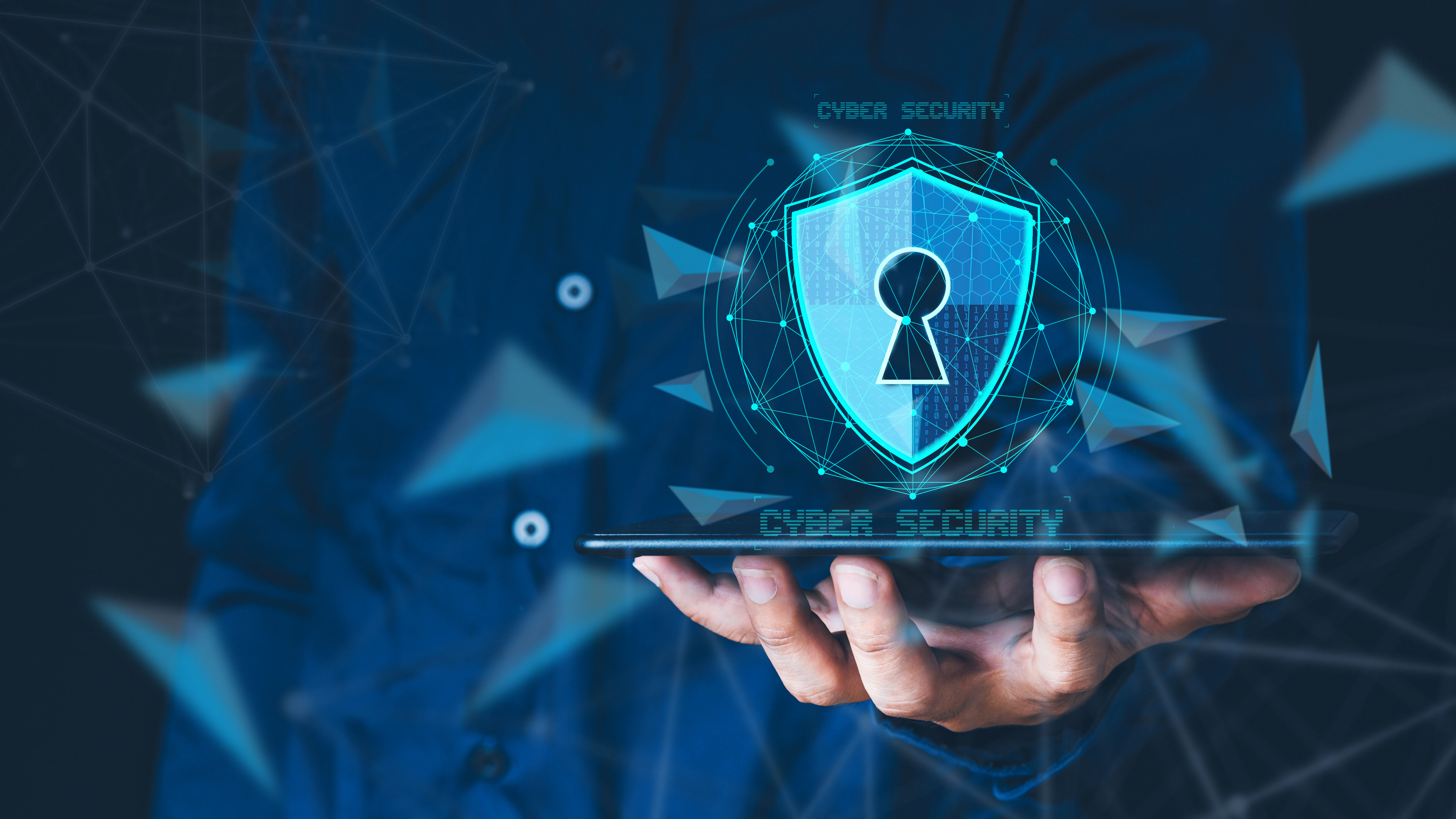Information Security Myths Dispelled: Essential Information You Must Understand
Information Security Myths Dispelled: Essential Information You Must Understand
Blog Article

In the current digital age, cybersecurity has become a critical aspect of people's lives. With the rise of technology and the growing reliance on the internet for whether personal and professional activities, the threats to one's online safety have also expanded. Nevertheless, despite the growing awareness of these dangers, many false beliefs about online safety persist, resulting in confusion and inaction. It is essential to debunk these myths so that users and organizations can effectively protect themselves in an ever-evolving threat landscape.
One of the most prevalent myths is the belief that cybersecurity is just a concern for large corporations or government agencies. In truth, cyber threats affect all types of users, from local companies to regular users. Understanding the truth about cybersecurity can empower everyone to take preventive measures, ensuring that they are not vulnerable to attacks. In this article, we will explore common cybersecurity myths, expose the truth behind them, and provide practical advice on what you truly need to know to stay safe online.
Common Cybersecurity Myths
One widespread myth holds that cybersecurity is solely on IT departments. Many people think that once the technology is set up and maintained, the organization is safe. In reality, cybersecurity requires collective effort that involves everyone in the organization. Staff play a vital role in identifying and preventing potential threats, such as phishing attacks and social engineering tactics. It is essential for all employee to be educated about cybersecurity best practices to establish a robust safeguard against cyber threats.
A further misconception holds that using antivirus software is enough to protect against every cyber threats. While antivirus solutions play a crucial role for detecting and mitigating known malware, they cannot catch every threat, especially advanced attacks like zero-day exploits or ongoing persistent threats. A comprehensive cybersecurity strategy should include various levels of defense, including firewalls, employee training, and regular system updates. Depending exclusively on antivirus software can lead to a false sense of security.
Some people think that smaller organizations are not targeted by cybercriminals and thus need not to invest in cybersecurity. This myth is dangerous, as small businesses are increasingly becoming prime targets for attacks due to assumed vulnerabilities and lack of resources. Cybercriminals often exploit the inadequate security measures of these organizations. No business, regardless of size, can escape cyber threats, making it essential for all organizations to focus on cybersecurity measures to protect their data and assets.
Actual Dangers to Your Safeguarding
In the quickly evolving digital landscape, one notable threat to your safety comes from scamming attacks. Cybercriminals often disguise themselves as trustworthy sources to trick individuals into revealing private information such as passcodes and bank details. These fraudulent emails or messages may appear benign, but they are meticulously crafted to create trust. Vigilance is crucial, as falling for these scams can lead to disastrous consequences, including identity theft and monetary loss.
Another prevalent threat is malware that demands payment, a dangerous software that encrypts files on your computer, rendering them unreachable until a ransom is paid. Ransomware attacks have surged in recent years, targeting individuals and organizations alike. Once a system is compromised, the impact can be significant, often resulting in data loss and financially draining recovery efforts. Consistently backing up data and maintaining modern security measures can help reduce the risks posed by this type of attack.
Finally, the growing reliance on IoT devices introduces new vulnerabilities. Each linked device can serve as a potential entry point for cybercriminals. Many IoT devices are not equipped with adequate security features, making them easy targets. Ensuring that these devices are regularly updated and secured with secure passwords is important for protecting your overall online safety. Understanding and addressing these threats is vital for maintaining your safety in an progressively connected world.
Cybersecurity Certification
Best Practices for Protection
One of the most effective ways to bolster your cybersecurity is to regularly upgrade your software and devices. Maintaining your operating systems, applications, and antivirus software up to date ensures that you have the newest security patches and features. Cybercriminals often exploit known vulnerabilities, so remaining up to speed with updates minimizes your exposure of cyberattacks considerably.
Employing robust and unique passwords for each of your accounts is an additional essential aspect of cybersecurity. Options like password managers can assist create and save difficult to guess passwords securely. Furthermore, enabling copyright gives an extra level of protection, which requires a second form of authentication prior to gaining access to your accounts online. This makes it much harder for attackers to breach your accounts.
In conclusion, being cognizant of phishing attacks is crucial. Employees and individuals should be trained to recognize questionable email messages, links, and attachments. Refraining from clicking on unfamiliar links and confirming the authenticity of the email sender can prevent many security breaches. Cybersecurity awareness is crucial in creating a safe space both at your residence and in the workplace.
Report this page